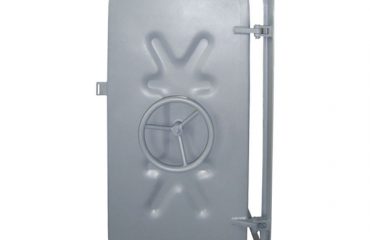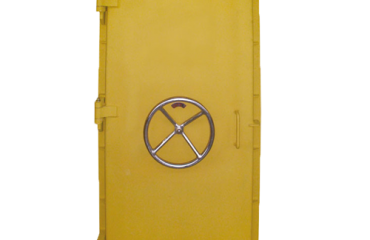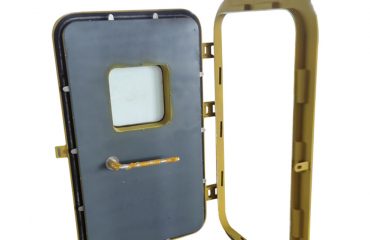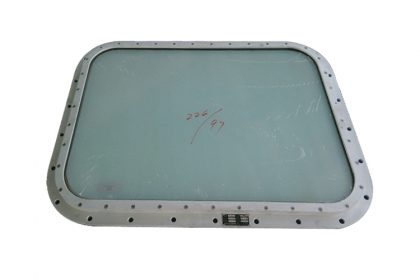
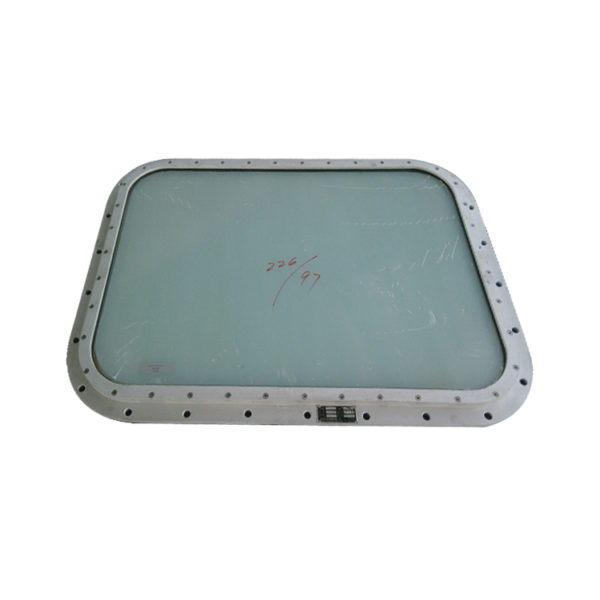
Ship windows are indeed designed to reduce glare and UV exposure for the safety and comfort of passengers and crew onboard. Glare refers to the intense brightness of sunlight reflecting off the water surface, which can impair visibility and cause eyestrain. UV exposure, on the other hand, refers to the harmful effects of ultraviolet rays from the sun on the skin and eyes.
Ship windows are typically made with special coatings or films that can significantly reduce glare and filter out harmful UV rays. These protective measures not only improve visibility for navigation purposes but also help to protect passengers and crew from potential health risks associated with prolonged exposure to sunlight.
In addition to coatings and films, some ship windows are also designed with tinted or polarized glass to further enhance visibility and reduce glare. Tinted glass can help to reduce the overall brightness of sunlight entering the ship, while polarized glass can effectively block out horizontal glare and reflections from the water surface.
The orientation and positioning of ship windows are carefully considered during the design and construction phase to minimize glare and maximize natural lighting. By strategically placing windows on the sides or upper decks of the ship, designers can control the amount of sunlight entering the interior spaces while still allowing for panoramic views of the surrounding environment.



